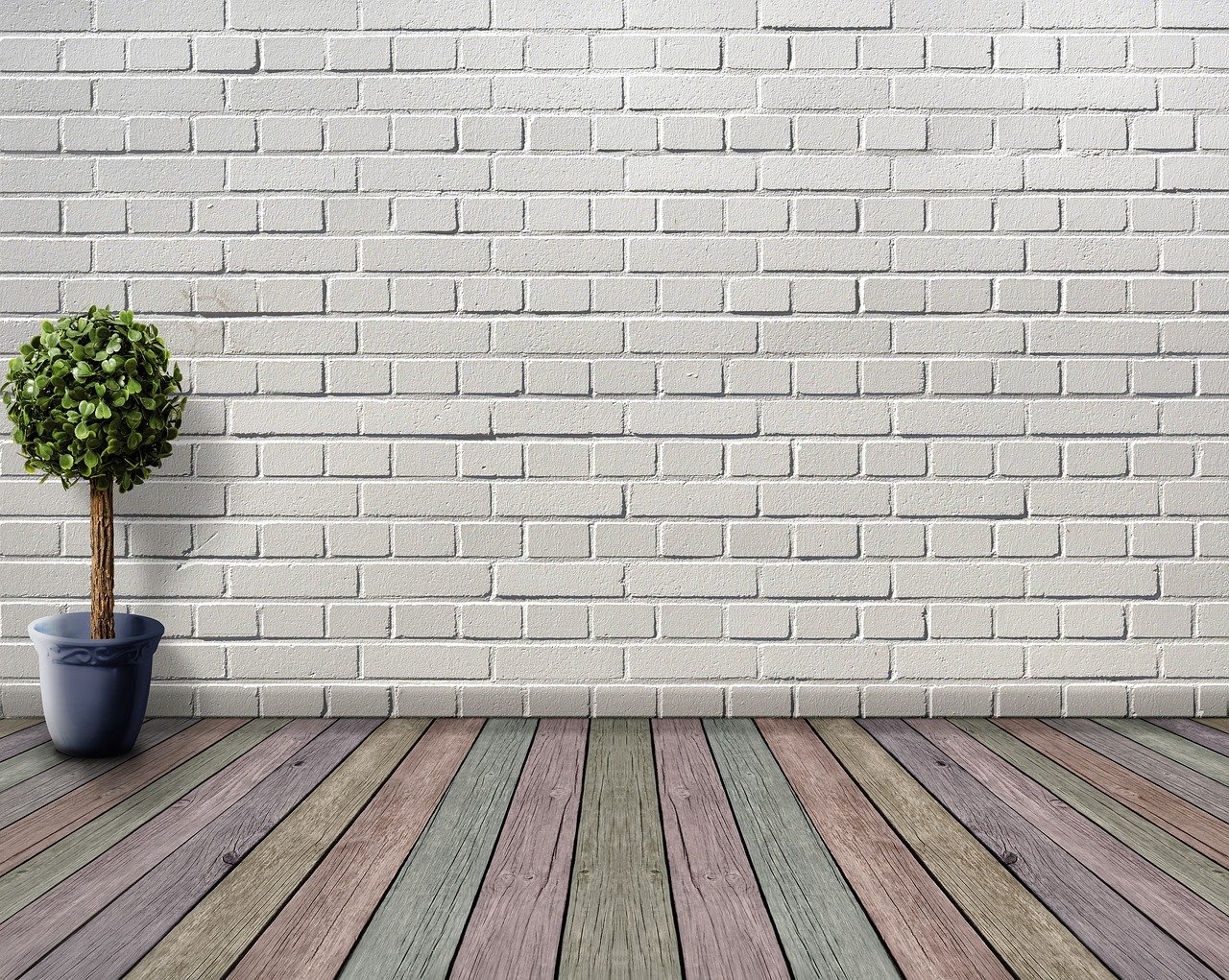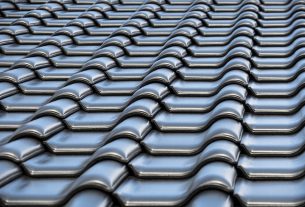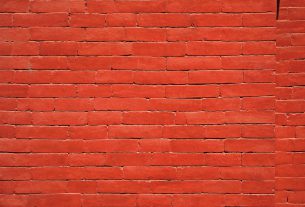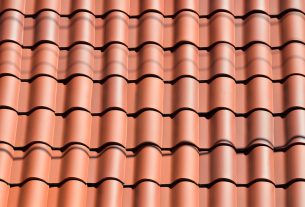For most homeowners, residential waterproofing seems to be more about fixing interior problems, like sealing cracks and applying waterproof paint. The deal is, exterior waterproofing is your first line of defense against natural elements.
Hydrostatic pressure is one of the common reasons for water penetrating into your home. When the water table or groundwater surrounding your house rises, whether it is because of heavy rain or clogged drain, it exerts force into the walls. This pressure could push water through cracks in walls, floors and wall-floor joints. It could also push water vapor making the air inside your home, humid.
Moisture and humidity could also foster growth or mold and mildew. Fungi growth could cause respiratory problems, allergy, infection, and toxicity in residents. Mold exposure can trigger asthma and lung bleeding.
To make sure that this would not happen, there should be a functioning footer drain outside your home. It would remove excess water and divert it far from your home. If you already have one, regular cleaning and clog removing are important.
There are two kinds of the drain that could be used: a gravity drain or a pump system. Gravity drain would direct water away from the house on a downhill pipe, called the tail line. When using this method, the water should be directed to a location lower than the house (and the basement). If the destination is the problem, then using the pump system would be the option. The pump system costs lower than the gravity drain.
Aside from working drains, it is also especially important to waterproof windows and doors. Exposure to sunlight and moisture could strip down the waterproofing products applied to it before. There are sealants that could be used to make them waterproof again.
If you are getting a contractor to do the external waterproofing for you, then check their products. Some contractors are not offering waterproofing but damp proofing. The difference is that damp proofing uses tar-based products that do not protect your home in the long run. When these tar-based materials dry, they become brittle and could easily flake. They could even cause future cracking.
Waterproofing the exterior of your home should combine drainage and using waterproofing products. But external waterproofing may not be practical for all kinds of housing like older houses. It is easier to integrate this when the house is still being constructed.
There are waterproofing contractors who could provide an estimate of the cost and scope of waterproofing needed for your home. Some would provide free quotations with no attached obligations. Make sure not to sacrifice work quality by choosing a low-cost contractor.
Having good external waterproofing means you would not have to worry about interior waterproofing. Interior waterproofing merely, removes water that is accumulated inside the house, while external waterproofing makes sure that water would not be getting inside.
Failure to address standing water and moisture issues in your home could cost you heavily in the future. Aside from serious health problems, it could also cause a weak foundation and lower market value, if you are thinking of selling your house. External waterproofing could be a bit costly, but its benefits should not be ignored.





